Results show differences in hormonal, nutritional status
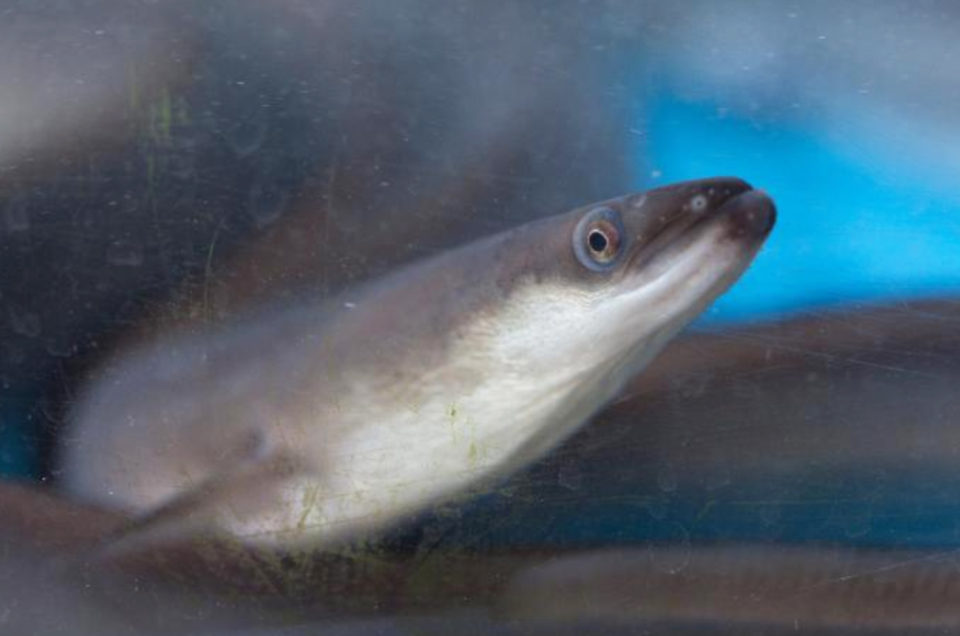
To reduce natural resource utilization in Japan, artificial breeding techniques of eels have been studied and rearing methods of eel larvae have been developed. Cultured female and male eels do not mature sexually in captive conditions. Therefore, weekly injection of salmon pituitary extract (SPE) are administrated to captured wild female eels, acclimated to seawater, to induce oocyte maturation. The matured female and male eels are then transferred to a tank for mating and spawning.
In recent years, cultured female eels feminized via a special diet have been used on an experimental basis to reduce natural resource utilization, making it possible to obtain fertilized eggs from cultured female eels. However, cultured female eels have recently been reported having ovulation problems, where the genital pore is clogged with ovarian fragments during artificial spawning, severely disrupting normal release of eggs. Anatomical observations have shown that many un-ovulated eggs remain in the ovary in cultured female eels after artificial spawning, compared to fully ovulated eggs in wild female eels.
Cultured female eels have problems with ovulation rather than oocyte maturation, but the reason is unclear. In our opinion, the physiological status of the eels just before hormone injection was the reason for this difference, since artificial induction of oocyte maturation method was common between cultured and wild female eels.
This article – adapted and summarized from the original publication – reports the results of a study that examined the differences between cultured and wild female eels, and possible causes of the ovulation problems frequently seen in cultured female eels, by using combined transcriptomic (techniques used to study an organism’s sum of all of its RNA transcripts) and metabolomic (study of chemical processes involving metabolites, the small molecule intermediates and products of metabolism) analyses – also called trans-omics analysis.
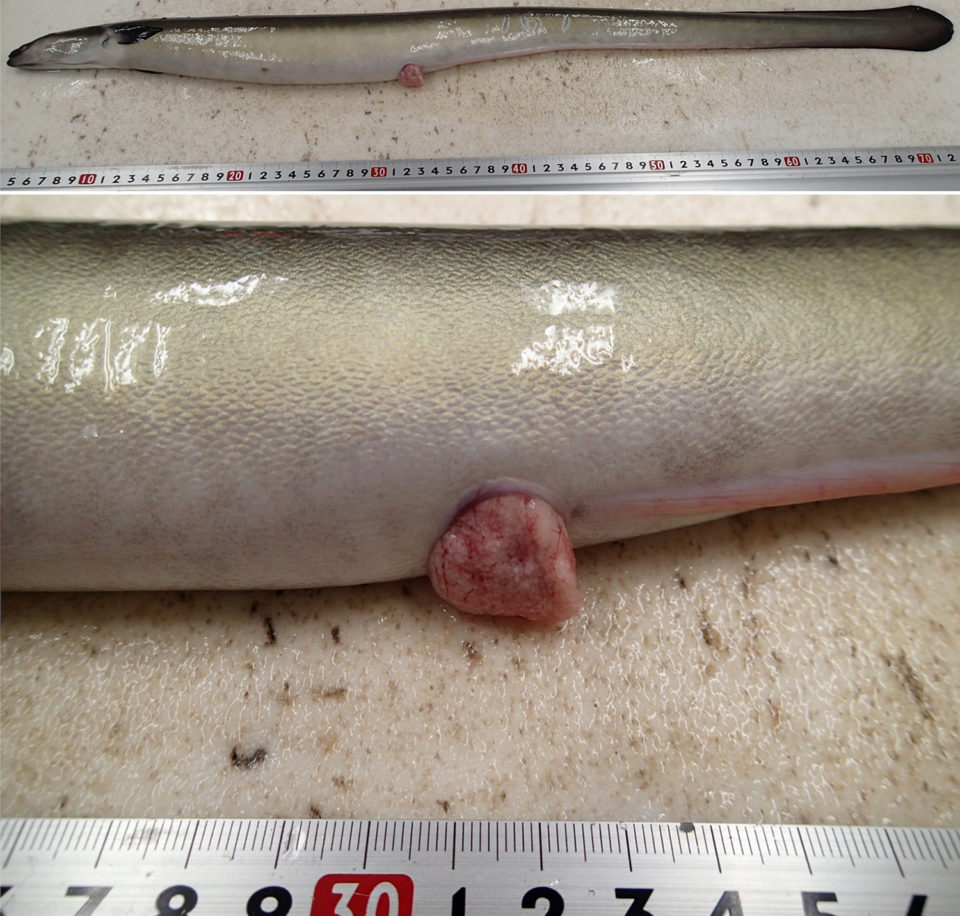
Study setup
Wild female eels (500 to 1,000 grams) and males (180 to 250 grams) were obtained from Lake Jinzai, Japan and acclimated to seawater and then adjusted to 20 degrees-C. At the end of temperature adjustment, eels were then kept in the tank for 14 days without feeding and without light until the sampling date. For the feminization experiment, 1,000 juvenile grass eels were purchased from a fishery cooperative. After acclimation to commercial fish feed, the eels were fed a feminization diet for several days and then fed a regular diet. Selected animals were euthanized and samples of brain, liver, ovaries and blood were collected for various analyses.
For detailed information on the experimental design, animal rearing; tissue collection; the various analytical technologies used (transcriptomic analysis; quantitative polymerase chain reaction; metabolomics analysis; and various others); and statistical analysis, please refer to the original publication.
Results and discussion
In this study, the trans-omics analyses showed clear differences between cultured and wild female eels in their nutritional status just before the beginning of the artificial induction of maturation. The results also demonstrated these differences influenced the eels’ hormonal status. These findings suggest that the main cause of the ovulation problem frequently observed in cultured female eels is their nutritional status.
The transcriptomic analysis revealed that the transcription level of growth hormone (GH) in the cultured female eel brain was markedly lower than that in wild female eels. In ray-finned (teleosts) fishes, the growth hormone (GH) affects several aspects of behavior, including appetite, foraging, aggression, and predator avoidance; it has also been reported to affect reproduction, including gonad development and others.
In this study, the ovarian weight and gonadosomatic index (GSI; gonadal mass as a proportion of the total body mass) of cultured female eels were found to be lower than those of wild female eels. These results indicate that compared to low levels of Luteinizing H (LH; a hormone produced in the pituitary gland in females, an acute rise of LH triggers ovulation), low GH levels mainly influence lower ovarian weight in cultured female eels. Furthermore, it is well known that GH production presents daily rhythms. Although there were no differences between the cultured and wild female eels in the expression levels of circadian rhythms, further confirmation is necessary to examine whether circadian rhythms in cultured female eels are disturbed.
https://www.aquaculturealliance.org/advocate/american-unagi-brings-eel-farming-back-home/
Some of our data suggest that cultured female eels can experience hyperinsulinemia, in addition to significantly high serum triglyceride levels. Commercial diets with high levels of carbohydrates have been used exclusively in the studies of cultured female eels since the establishment of feminization (by feeding a special commercial diet). However, our results also indicated that a high-carbohydrate diet is not suitable for eel broodstock culture.
Results showed α-tocopherol (a type of vitamin E) accumulation in the livers, ovaries and serum of cultured female eels, indicating that the cultured female eels had consumed excessive amount of α-tocopherol. The metabolomic analysis also revealed differences between cultured and wild female eels in the docosahexaenoic acid (DHA), eicosapentaenoic acid (EPA) and arachidonic acid (ARA), or DHA/EPA/ARA ratio in all the examined samples. The cultured female eels in this study were fed a diet supplemented with cod liver oil, which contains greater amount of DHA and EPA than of ARA, suggesting that the dietary DHA/EPA/ARA ratio affected the tissue DHA/EPA/ARA ratio in these eels.
It has been reported that eggs from cultured Japanese eels have lower ARA levels than those from wild eels. In addition, several studies have reported that the DHA/EPA/ARA ratio in fish ovaries or eggs strongly influenced the quality of the eggs and larvae. ARA is the precursor to biologically active eicosanoids, such as prostaglandins, which are involved in many aspects of reproduction in teleosts, including reproductive behavior and ovulation. Further studies are therefore required to investigate the optimal dietary DHA/EPA/ARA ratio for reproductive performance.
Perspectives
In conclusion, trans-omics analysis indicated that the ovulation problem often observed in cultured female eels may be the result of a high-carbohydrate diet and/or a suboptimal DHA/EPA/ARA ratio in their diet. Interactions between nutrition and reproductive performance have been reported in domesticated animals, and poor reproductive performance has been reported in cultured broodstock compared to wild fish for several fish species.
Commercial diets for fish are generally designed to promote weight gain, and an optimized diet for broodstock culture is not available for many cultured species. Future studies should therefore investigate more extensively the effect of diet on the reproductive performance of fish.
Our results suggest several future experimental directions for the improvement of seed production efficiency, including establishing the effects of a high-carbohydrate diet on GH secretion; the effects of impaired GH secretion on the responsiveness to gonadotropins, the optimal dietary DHA/EPA/ARA ratios; and others.
Cultured female eels (compared to wild females) have relatively different hormonal and nutritional status just before the beginning of the induction of artificial maturation. These differences, as reported in this study, can serve as keys to improving ovulation problems in cultured female eels. The comprehensive data generated in this study also demonstrated the usefulness of the omics approaches for understanding the functionality of diet components in aquaculture.
Now that you've reached the end of the article ...
… please consider supporting GSA’s mission to advance responsible seafood practices through education, advocacy and third-party assurances. The Advocate aims to document the evolution of responsible seafood practices and share the expansive knowledge of our vast network of contributors.
By becoming a Global Seafood Alliance member, you’re ensuring that all of the pre-competitive work we do through member benefits, resources and events can continue. Individual membership costs just $50 a year.
Not a GSA member? Join us.
Authors
-
Masato Higuchi
Shibushi Station, National Research Institute of Aquaculture
Fishery Research and Education Agency
Shibushi-cho, Shibushi, Japan -
Miyuki Mekuchi
National Research Institute of Fishery Science
Fishery Research and Education Agency
Fukuura, Kanazawa-ku, Yokohama, Japan -
Takeshi Hano
National Research Institute of Fisheries and Environmental of Inland Sea
Fishery Research and Education Agency
Hatsukaichi, Hiroshima, Japan -
Hitoshi Imaizumi
Shibushi Station, National Research Institute of Aquaculture
Fishery Research and Education Agency
Shibushi-cho, Shibushi, Japan
Tagged With
Related Posts
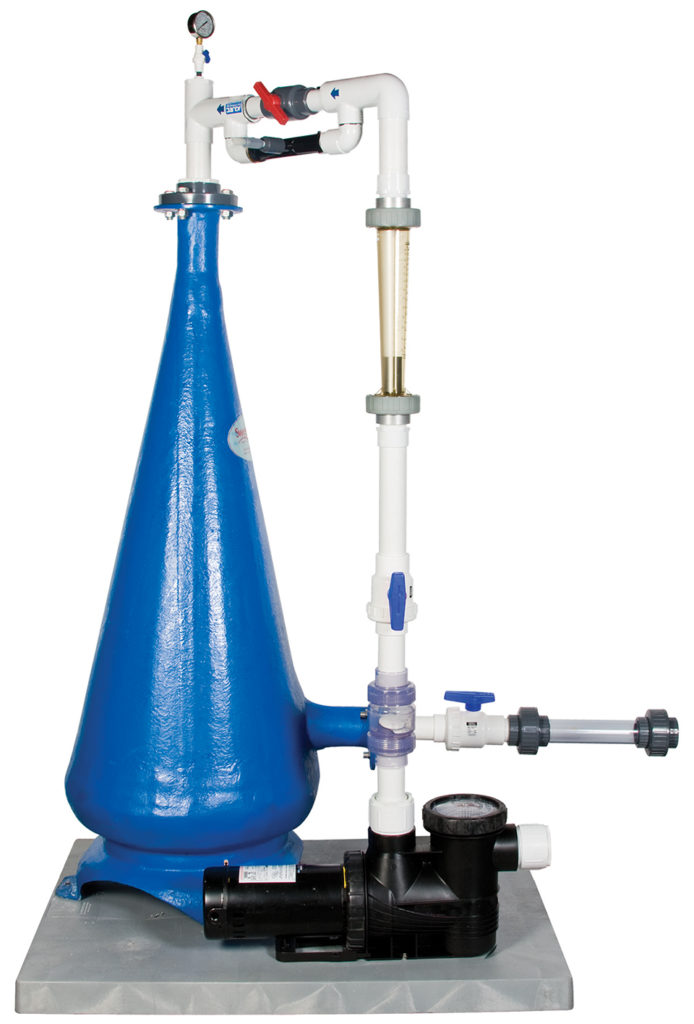
Responsibility
A look at unit processes in RAS systems
The ability to maintain adequate oxygen levels can be a limiting factor in carrying capacities for RAS. The amount of oxygen required is largely dictated by the feed rate and length of time waste solids remain within the systems.
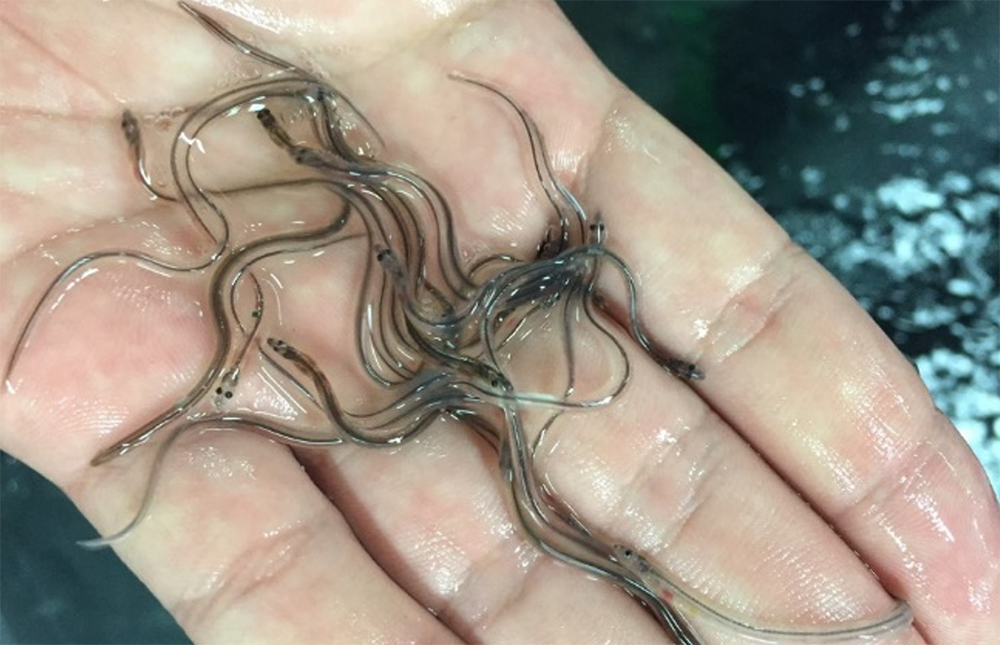
Health & Welfare
Japanese eels: Progress in breeding and nutrition
The Japanese eel (Anguilla japonica) is cultured in ponds in Japan, China, the Republic of Korea and other countries. Ongoing research is addressing knowledge gaps in the domestication, controlled breeding and nutritional requirements of the species.
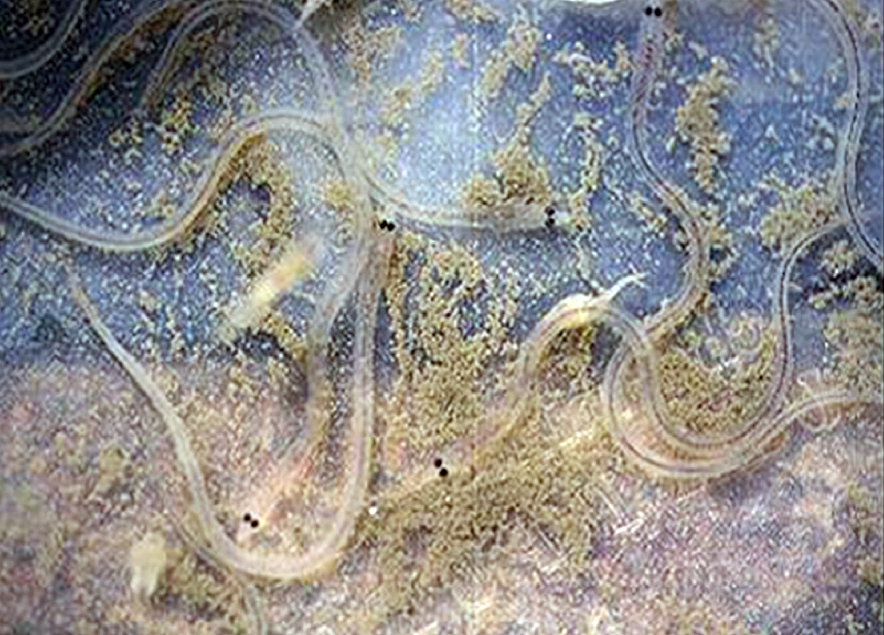
Health & Welfare
Japanese eel aquaculture in Korea
After a decade of research, Korea has produced individual glass eels for Japanese eel aquaculture. Despite dependence upon the wild seed, Japanese eel aquaculture production has been growing significantly and comprises over 27 percent of Korea’s freshwater aquaculture.
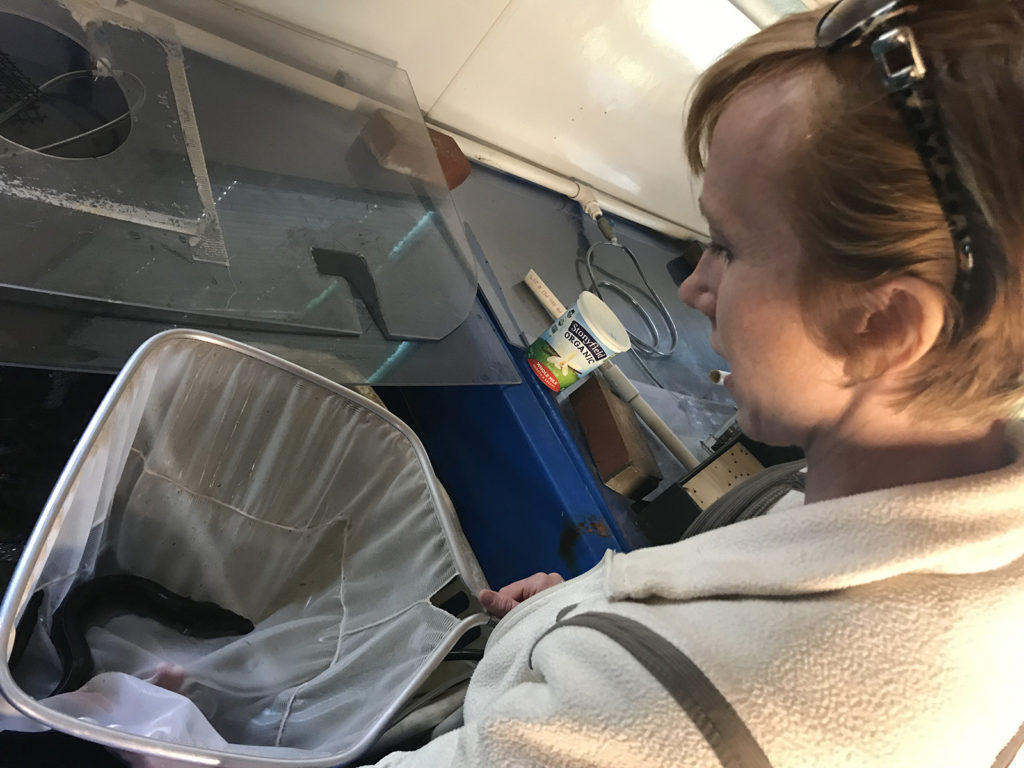
Innovation & Investment
American Unagi brings eel farming back ‘home’
Sara Rademaker launched American Unagi to shift eel farming to American soil, where the eels are from. Why? Because of the novelty, and because she saw an opportunity to do things better.


